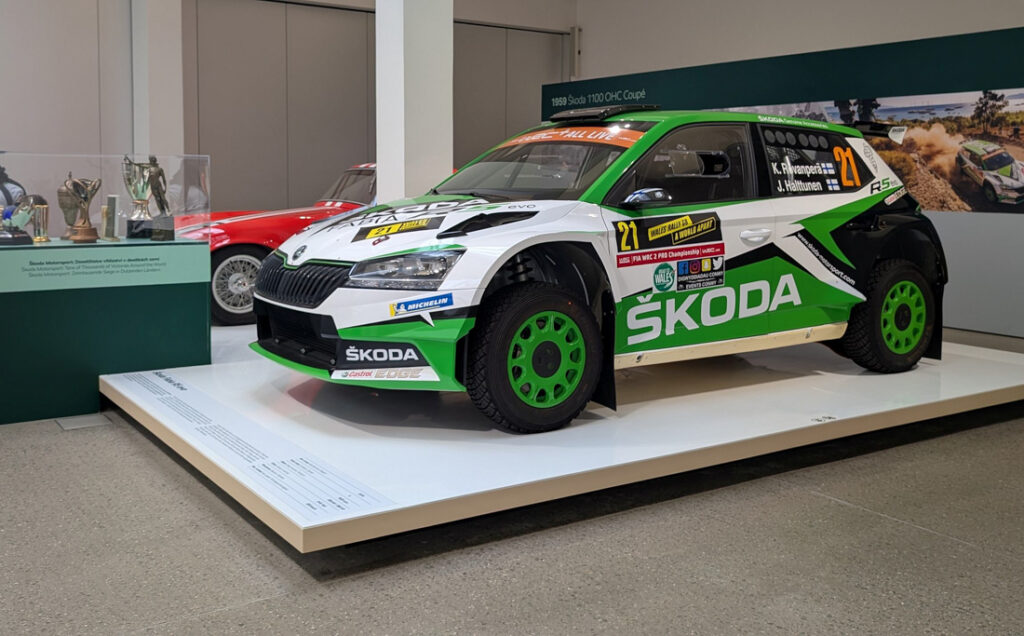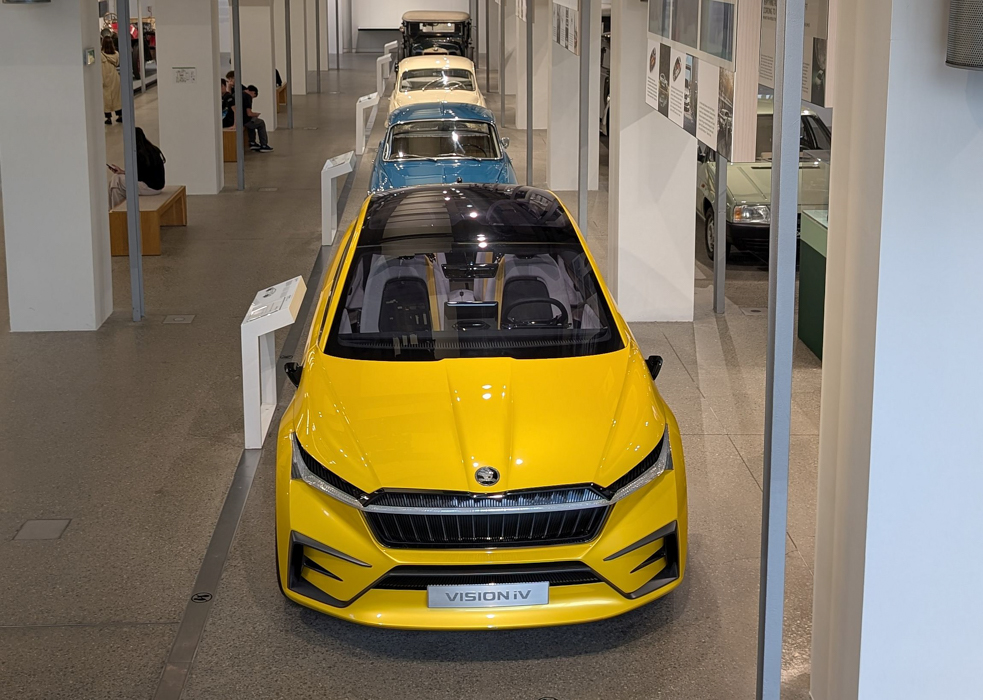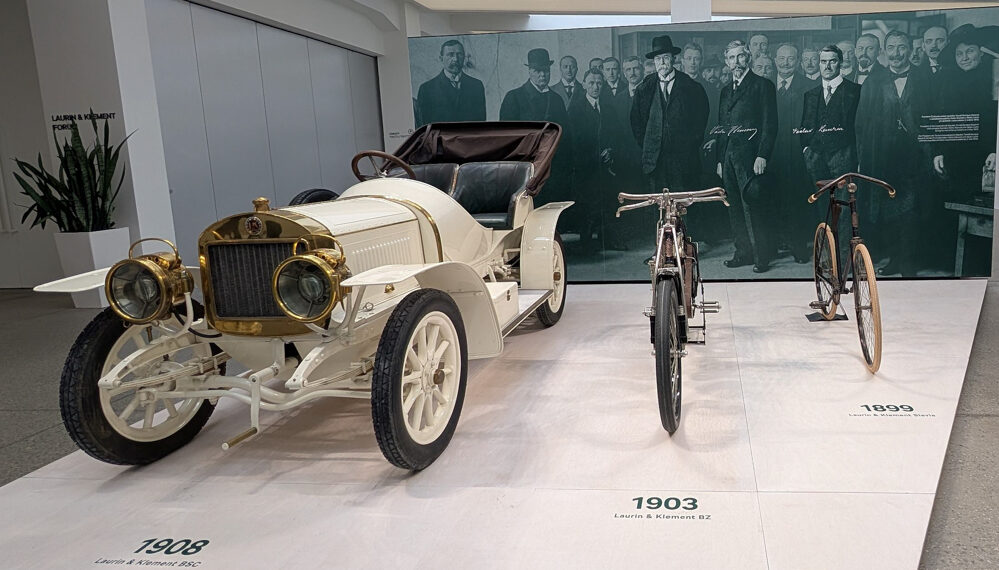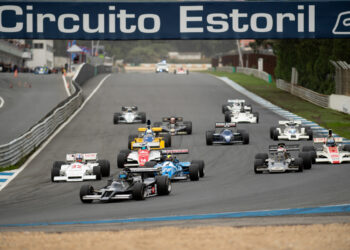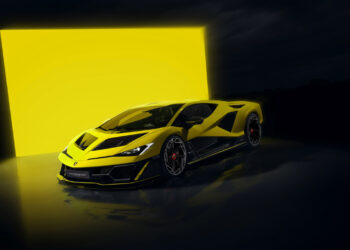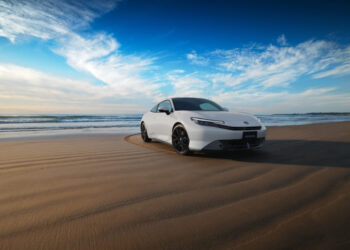To celebrate 130 years of existence, Skoda has a museum in Mladá Boleslav, its hometown in the Czech Republic, which offers a journey through time, illustrating an enviably valuable legacy, one of the richest among automobile manufacturers. It is a space where it is possible to learn about dozens of classic cars and period items, as well as the cultural and geopolitical evolutions recorded since the brand’s founding, which has been owned by the VW Group since March 1991.
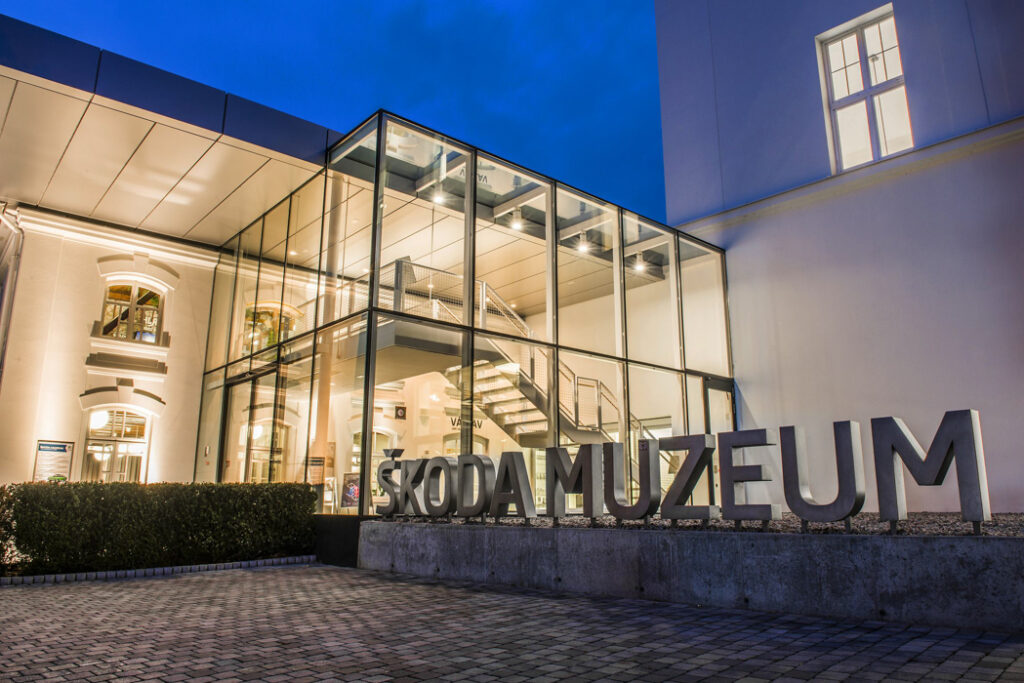
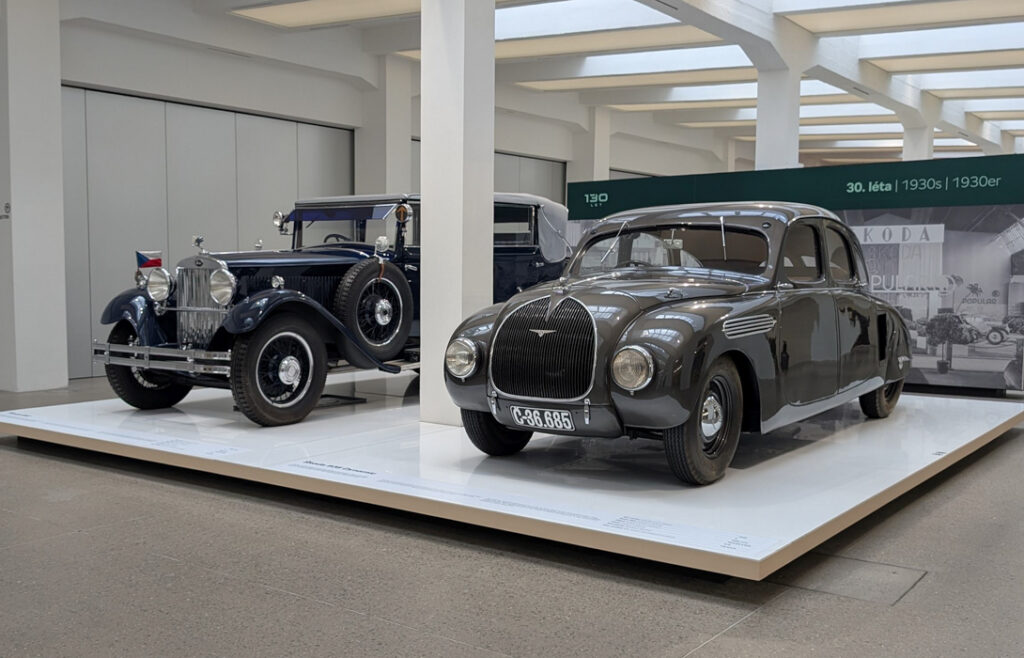
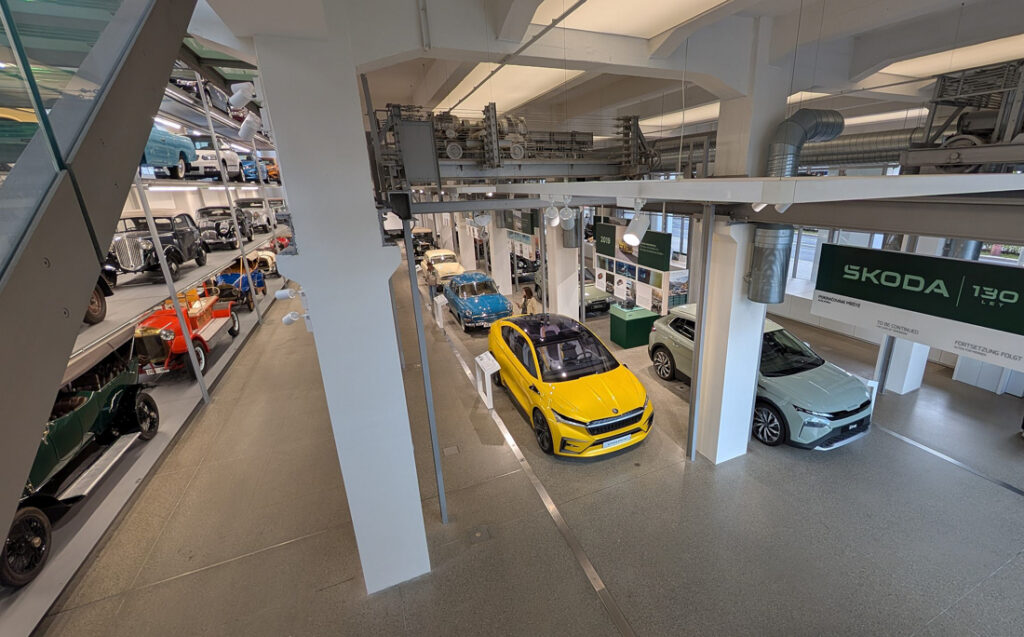
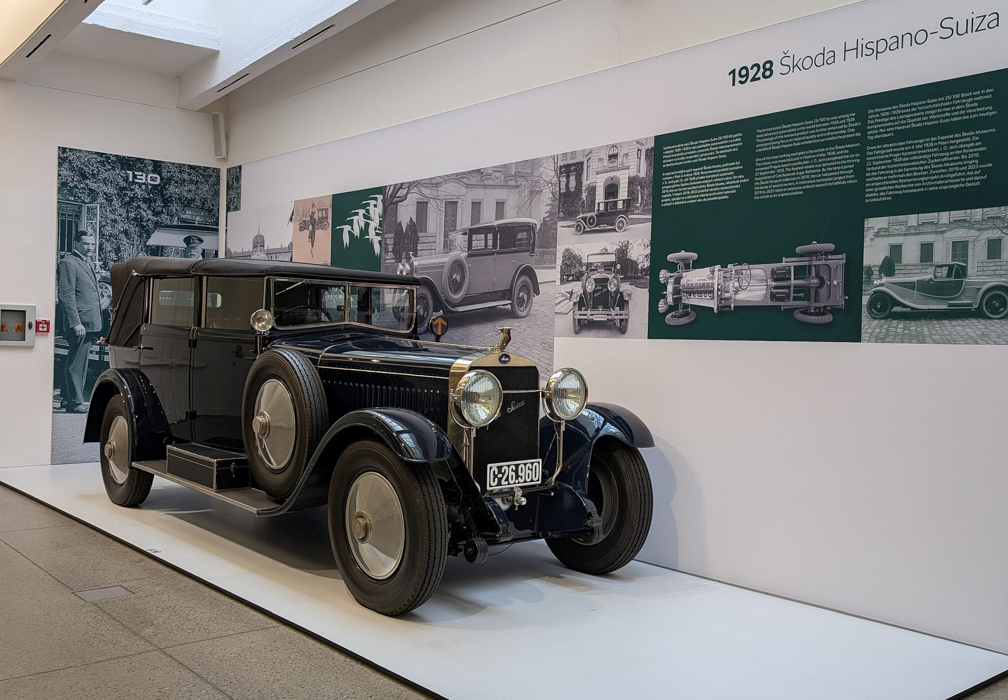
Originally baptized in 1895 as Laurin&Klement, the surnames of its founders (Václav Laurin and Václav Klement), the Czech manufacturer began by dedicating itself to the production, with undeniable success, of Slavia bicycles. In fact, a specimen from 1899 of this bicycle, the oldest item on display, flanked by more historical vehicles (the BZ motorcycle from 1903; and the BSC automobile from 1908, of which twelve units were produced, but this is the only one that remains of what was one of several derivatives of the Voiturette A from 1905, the first automobile of Laurin&Klement), is precisely the starting point, in the old halls of the historic factory, of the exhibition showcased in the Skoda museum, inaugurated in 1995 and renovated in 2012. In 1800 m2, 360 pieces can be seen, including mass-produced automobiles, prototypes, rally cars, and motorcycles, such as the Skoda 860, produced between 1929 and 1932, with an 8-cylinder engine of 60 hp, of which 49 units were manufactured.
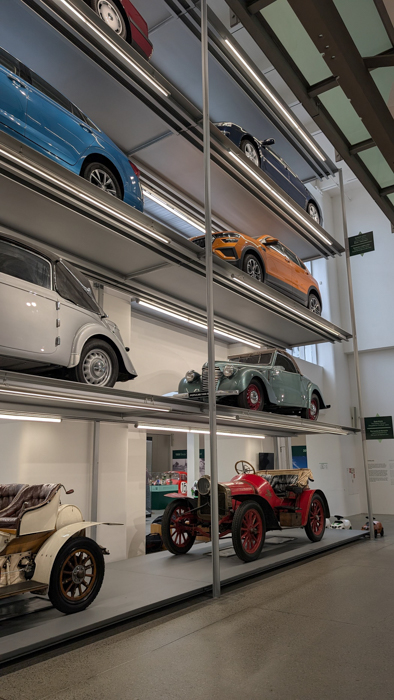
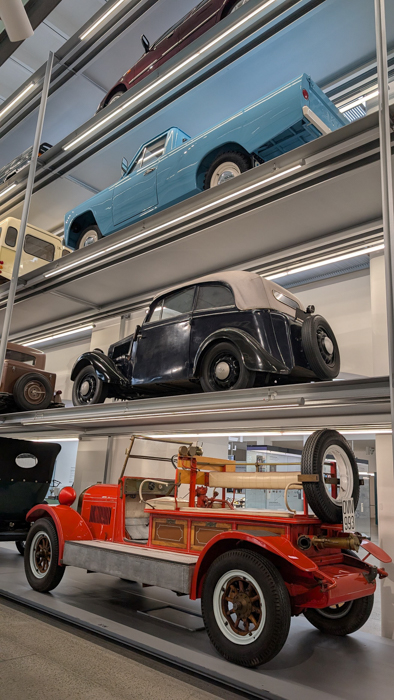
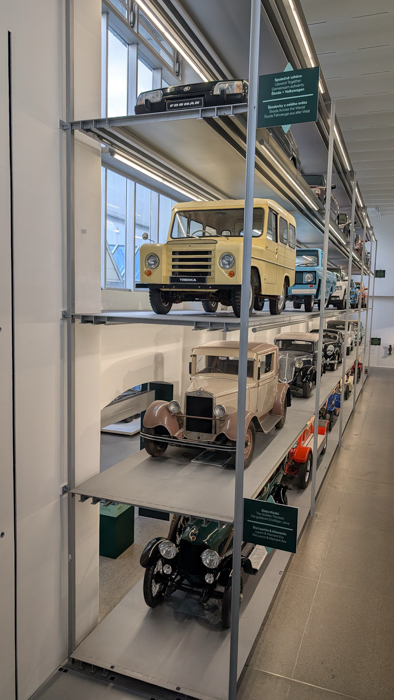
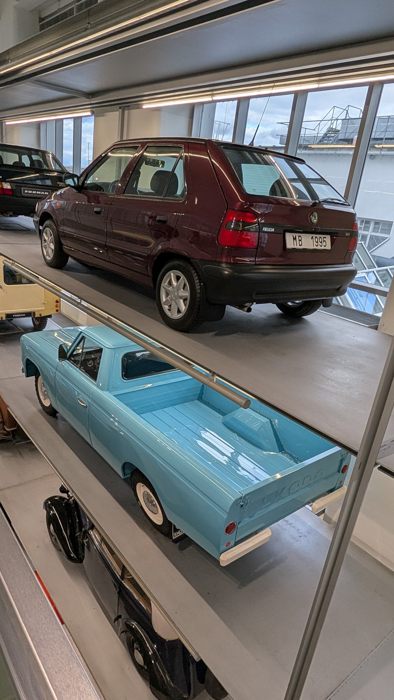
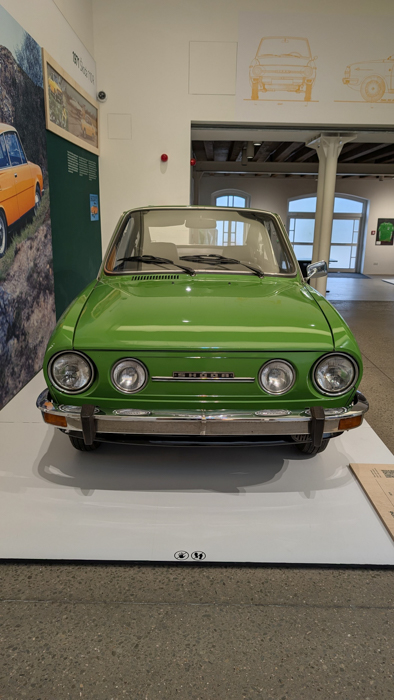
Also featured is the 935 Dynamic, from 1935, which caused a stir in its time by combining optimized aerodynamics with uncommon technical solutions, such as the 55 hp engine (which allowed it to reach a maximum speed of 130 km/h), combined with an electromagnetic gearbox supplied by the French company Cotal. Alongside it is the 450 Roadster, painted in turquoise blue: produced from 1957 to 1959, it was equipped with a 50 hp four-cylinder engine, but stood out, above all, for the elegance of its body lines, also being an example of a time when the rivalry between two Western and Eastern European blocs was increasing, as Skoda was one of the few companies from countries under Soviet control that exported even to the USA, by the way, one of the main destinations for the 450 Roadster.
The most recent is the Favorit, the protagonist of the transition that the brand had to undergo from the Soviet bloc to the “era” of the VW Group: the first front-wheel-drive model from Skoda, designed by Bertone, initiated a phase marked, to this day, by the exponential increase in body styles and derivatives, with a special prominence in recent years for SUVs, of which the Yeti was, among the mass-produced models, the precursor. As for competition, the list includes about fifty racing cars (the total may vary depending on temporary and thematic exhibitions), as well as various sports cars, whether the 1100 OHC Coupé or the Fabia R5 in the Rally2 evo version, one of the most produced rally cars in the world.
